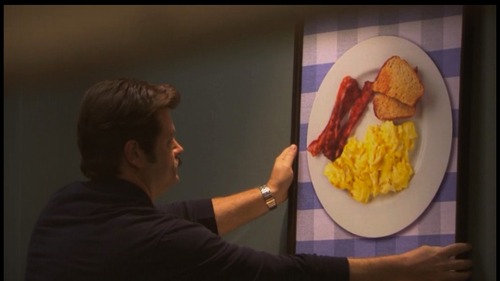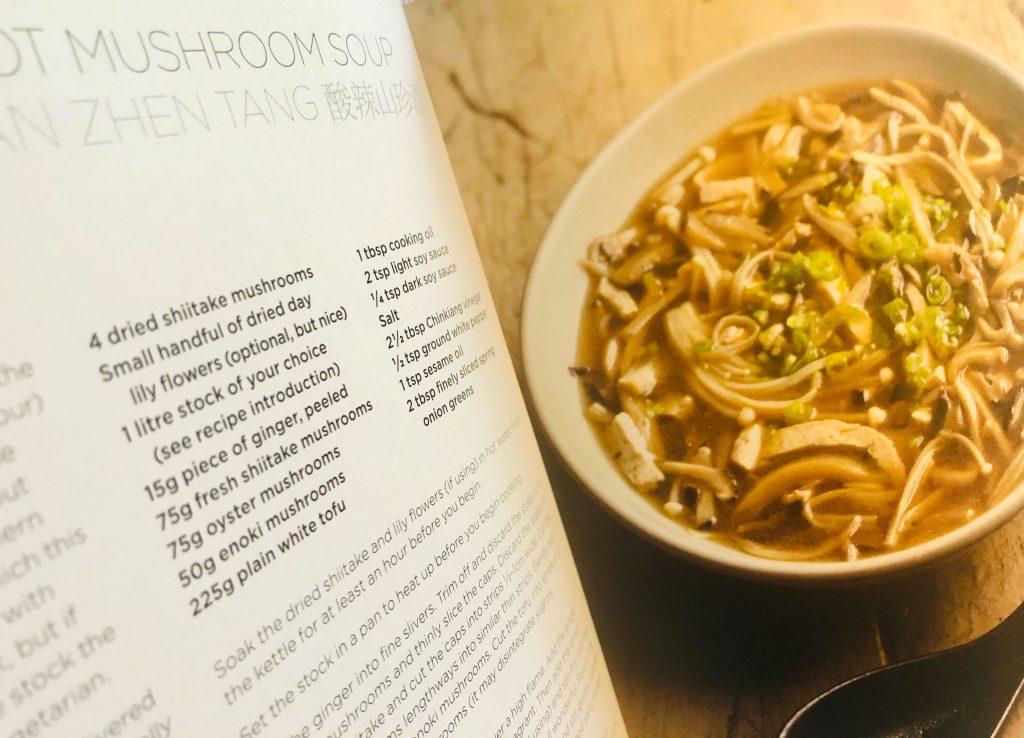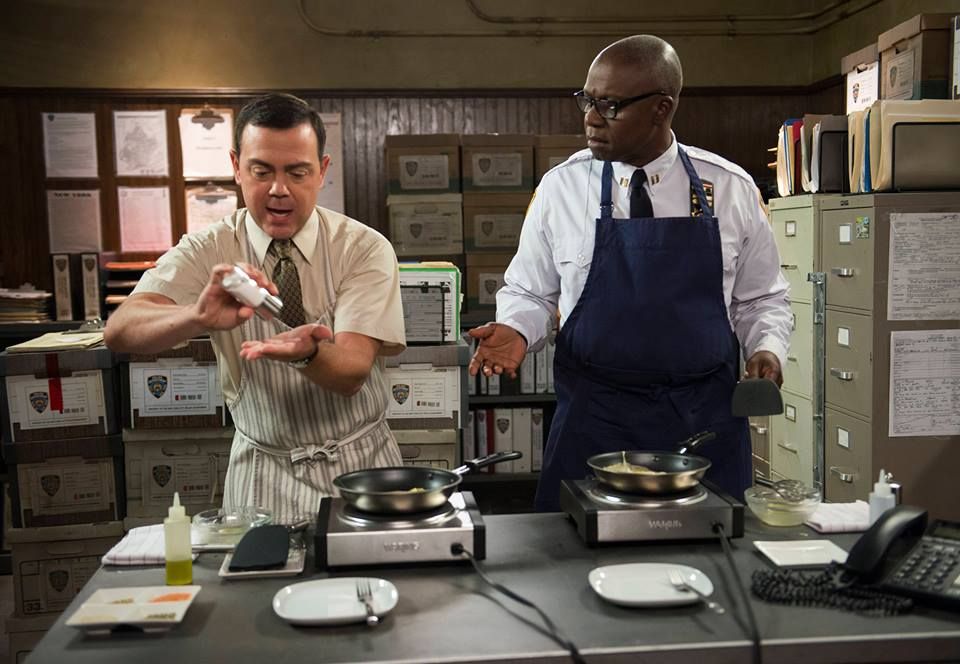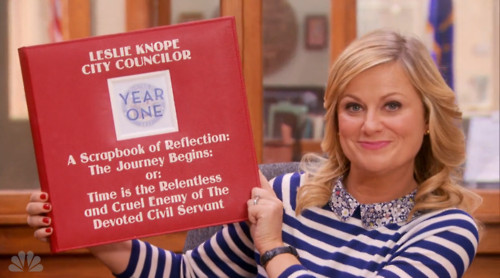Blog • Understanding Publishing
Posted on Aug 19, 2020
How to Publish a Cookbook in 6 Easy-As-Pie Steps
About the author
Reedsy's editorial team is a diverse group of industry experts devoted to helping authors write and publish beautiful books.
More about the Reedsy Editorial Team →Martin Cavannagh
Head of Content at Reedsy, Martin has spent over eight years helping writers turn their ambitions into reality. As a voice in the indie publishing space, he has written for a number of outlets and spoken at conferences, including the 2024 Writers Summit at the London Book Fair.
View profile →If you’re hoping to learn how to publish a cookbook, you’ve come to the right place! In this post, we’ll look at all the cookbook-specific aspects of the publishing process.
We’ve already looked at how you can write a cookbook and self-publish it in a previous post. So in this post, we’ll assume you’ve decided to take the other route, and publish traditionally. In traditional publishing, nonfiction authors do not need to write their books in full before contacting publishers. Instead, they spend a while outlining, refining, and researching their ideas in a book proposal they then shop around to publishers. The reason is simple: if publishers accept their proposal, the book will change during the acquisition process, so the authors don't have to finalize everything beforehand.
However, this doesn’t mean authors should rush to start submitting proposals. They still need to spend a lot of time working on their concept and structure — not to mention the actual formulation and testing of the recipes.
Before we start, consider downloading this free book launch checklist to make sure you're ticking off all of the boxes.

FREE RESOURCE
Reedsy’s Book Launch Checklist
Launch your book successfully with our tried-and-true strategies.
And now if you’re ready, let’s start diving from the frying pan into the fire!
Step 1: Refine your book idea
When you pitch a book, you need to be certain that your cookbook is needed in the culinary literary market at this moment. This includes thinking hard about how original your idea is, how you could structure your cookbook, and who your audience could be, in order to crystallize your creative idea into a solid book project.
Originality
How is your cookbook different from what’s being offered on bookshelves at the moment? If your book is offering an innovative take, that’s an advantage. Books, where there’s a shock factor involved, will stand out even more, like if you’re putting together a book of recipes using insects. Or you might be an archaeologist publishing a collection of Roman recipes, giving readers exclusive access to information that’s difficult to find; that could be what’s known in the marketing world as your ‘unique selling point’!
So what’s fresh and original about your idea? What gap could it fill in the cookbook market? It doesn’t have to be as extreme as these examples; just start thinking and make some notes!
Structure
Cookbook structures vary a lot. Some are divided seasonally, depending on the availability of produce. Others divide recipes into meals, sectioning off breakfast, lunch, and dinner. They’re sometimes split up into courses: appetizers, soups, entrées, and desserts. Some cookbooks that aim to provide easy recipes are even organized by prep time, so that readers can refer only to recipes they have the time to make.
Think about your idea, and choose the structure that makes the most sense for it.
Target audience
Be sure to clearly identify your ideal readers, as specifically as possible. For example, you might be writing a kitchen basics cookbook for college first years, in which case your audience is not just those first years, but also the parents and relatives who might buy them your book.

If you can’t narrow it down quite so much, do your research about the demographic you’re targeting. For instance, an author writing a vegan dessert cookbook may look to reach out to a young audience passionate about animal rights and the environment. It’s important to get this right, as your target audience will come up again in your all-important book proposal. Speaking of which...
Step 2: Write your book proposal
You’ll need a book proposal to find a literary agent, and to submit your idea to publishers. This 15-50 page document is an essential element of the non-fiction query letter, and it's what you'll send to agents and publishers to pitch your cookbook.
We recommend reading this in-depth guide on how to write a book proposal to understand the process. You can also directly download the free book proposal template below to get started. However, here are several things specific to cookbook publishing that you need to cover to get it right.

FREE RESOURCE
Book Proposal Template
Craft a professional pitch for your nonfiction book with our handy template.
Above all, take heed of what Food and Drink editor Laura Gladwin notes: “The most important thing is to be crystal clear about how your cookbook is different from what's already out there, and why readers will really want to add it to their collection.” Never downplay the originality of your project!
Your unique platform
To sell your cookbook idea to an agent, you’ll need to highlight what you can bring to the book as its author.
That can include:
- prestige/qualifications (e.g. if you’re a Michelin chef or reputable restaurateur);
- an online following (e.g. if you happen to be Taylor Swift, Barack Obama, or a blogger with a large and loyal following);
- some sense of authority/authenticity (e.g. if you’re Greek and writing a cookbook about Greek cuisine);
- excellent writing skills.
Note that not all cookbook authors are certified chefs, celebrities, or writing about their culinary heritage, and these aren’t essential ingredients (pun intended) for success. If you’re passionate about your idea and can write persuasively and well, you can still impress an agent on the basis of your craft.
Of course, concision matters, too, so don’t go overboard!

Marketing
If you show agents that you have a basic understanding of how your book can be effectively marketed, you’ll already be ahead of a lot of authors.
Outline a potential marketing plan, and make sure to name the right competitive titles. Doing this will indicate your awareness of the current culinary book market and give you a chance to mention any contacts who can help, for example, by providing blurbs. Indicate who your target audience is, and how you plan to reach them!

The point here is to do the thinking for the agent, so they don’t have to sit and wonder whether your book would be commercially viable — they’ll already know.
A sample of the recipes you will include
Finally, a necessary part of your book proposal is a sample of your work. Include a few recipes that show off your writing skills and embody the mission of your cookbook. Make sure you write these clearly and concisely, and polish the recipe introductions (known in the cookbook world as “headnotes”) to perfection.
No matter how perfect your book proposal is, if your sample doesn’t meet the hype, you’re unlikely to get an offer of representation. So proofread these recipes carefully!
Optional: Sample photography
Most people assume that publishers always cover photography costs. But a former Food and Drink editor explains that this actually varies on a case to case basis: "Photography is either paid for by the publisher or included as part of the manuscript the author proposes. Many authors rely on beautiful photography as a selling point when trying to secure an agent or publisher, so they'll have photos taken before querying or pitching. Bigger name authors with a following will be able to sell their books to publishers without bringing aesthetics to the table, so in their case, the publisher is likely to cover it."
Reflect on your budget and platform, and decide whether to invest in professional photography. A word of caution: remember that it’s always preferable to have no photos whatsoever than to use amateurish work. Agents and publishers know a badly lit iPhone shoot when they see one, and clumsy photography will actually harm your project’s chances of success. Either work with a professional or accept that you won’t be submitting any visuals.
To get a more general sense of how to write a book proposal, here’s a helpful webinar on nonfiction proposals by Reedsy ghostwriter Barry Fox.
Step 3: Polish and submit your proposal
Now that you’ve exhausted your own abilities to improve that proposal, you can bring in the experts. This is your one shot at securing a book deal, so make sure it’s perfect before submission.
A professional editor will be able to help you tighten your proposal, getting it into shape to impress an agent or publisher. We recommend that you hire an editor with specific experience in the Food and Drink genre. Refer to this guide on how to find an editor for more practical pointers.
You can also sign up to Reedsy’s marketplace to start browsing the profiles of Food and Drink editors straight away. Our editors have decades of experience working for big and small publishers, so they know exactly what traditional publishers are seeking.

Give your cookbook the help it deserves
The best editors, designers, and book marketers are on Reedsy. Sign up for free and meet them.
Learn how Reedsy can help you craft a beautiful book.
Submitting your proposal
Unlike fiction, where getting traditionally published without an agent is virtually unheard of, cookbooks authors can still thrive without an agent. Many publishers accept direct submissions; to get a sense of which ones don’t require an agent, head over to our trusty list of 25 cookbook publishers. Feel free to look up even more publishers online, and don’t forget to stay on the lookout for fraudulent publishers!
That said, Laura Gladwin stresses that even though many publishers will consider unagented submissions, “you’re almost certainly better off getting an agent before approaching publishers directly.” Agents are not redundant parts of the process: they have expertise that can help you negotiate a better deal, as well as regular contacts in the industry that can ensure your proposal falls into the hands of the right editor.
If you’re wondering how to proceed, check out our post on submitting your proposal for a runthrough of how you should put together a shortlist of agents/publishers to contact, as well as advice on what to do if you receive a negative response.
Step 4: Finalize your recipes
Once you’ve secured a book deal, your next step is to make the content of your cookbook as appealing as possible. That means testing your recipes, actually writing your cookbook content, and commissioning visuals, whether these are photographs or illustrations.
Write up your recipes and headnotes

First, you’ll need to write out your ingredient lists and recipe instructions clearly and concisely. Make sure you use the most common units of measure, depending on your market. Giving quantities in volume (cups, tablespoons, teaspoons) or in weight measured in pounds, is common in North America, but the rest of the world tends to specify food quantities in weight, using the metric system.
When it comes to putting your headnotes together, don’t be afraid to let your personality come through! This section is the most unique part of a recipe, so include anecdotes, interesting facts, or special instructions as needed. Do keep unnecessary details to a minimum, though: your reader is primarily here for the recipe itself.
Free course: How to write a cookbook
Unleash your inner Julia Child or Jamie Oliver with this free 10-day course. Get started now.
Test your recipes
You need to test all recipes under development in order to weed out errors and points of confusion. Your publisher will be able to point you to appropriate recipe testers: if you’re targeting college students, for example, you don’t want certified chefs testing your recipes.

Depending on your publisher’s budget and arrangements, you might have to help assemble a team of volunteer testers. Use your platform, if you have one, or recruit friends and family members, distributing the workload evenly.
At minimum, aim for two tests per recipe. Any problematic recipes can be distributed to further testers, until everyone reports a flawless execution.
Work with a photographer or illustrator
Finally, you’ll need to work with a professional to put the rest of your visual material together. It’s time to acquaint yourself with terms like “food stylist” and “prop stylist. You’ll soon see it takes a whole crew to shoot a cookbook’s worth of recipes!
If you have any doubts about the necessity of professional food photography, take a look at the video below to learn more about the truly unimaginable tricks used in food advertising.
Finally, remember that some cookbooks are especially suited to hand-drawn illustrations. While it’s rare for traditional cookbooks to rely entirely on illustrations, culinary memoirs, educational books, and cookbooks for children are all excellent candidates.

Give your cookbook the help it deserves
The best illustrators are on Reedsy. Sign up for free and meet them.
Learn how Reedsy can help you craft a beautiful book.
Step 5: Ensure you’re happy with your book’s design
There are two aspects of your book’s overall appearance that you need to be on board with:
- exterior (front and back covers, plus spine);
- interior (typesetting, typography, page layouts, use of photography/illustrations).
Since you’re publishing traditionally, you won’t shoulder the burden of design. If you have a vision in mind, communicate it to your publisher clearly, so they can pass it on to their in-house designer.
Bear in mind that your publisher won’t let you make decisions that are bad for your book’s marketing potential. If you have a very eccentric sense of style that the publisher knows to be commercially unviable, expect some opposition.

Maybe you don’t currently have a sense of your options, but you still want to have a say in the direction your designer takes. If so, take a look at our list of cookbook art designs to understand the various styles available to you.
Alternatively, if you aren’t particularly visually-minded, just lean back and watch the magic happen. You can trust your publisher’s designers to come up with designs that'll have your cookbook flying off the shelves.
Step 6: Add to your publisher’s marketing efforts
While you’re hard at work perfecting the contents of your cookbook, your publisher will set up a publishing strategy. Don’t be passive when it comes to marketing; go ahead and suggest plans for getting your book out there, in addition to the ones you already laid out in your book proposal.
Here are a couple of suggestions to start off with:
- Think about any useful contacts you have. These can be people in the food industry who can provide blurbs, or acquaintances who work in the press. If you have friends who run relevant blogs, podcasts, YouTube channels or even Instagram pages, ask if they might feature you as a guest. If they’re uneasy about advertising your book, offer to write a guest post or appear on their podcast or channel. You can share tips or a recipe in exchange for mention of your upcoming book.
- Look up food-related events taking place near you or online. See if you can reach out to organizers and volunteer to run a cooking demonstration or discussion panel. Mention your book, and if the event’s happening IRL, bring along copies to sell.
Your publisher will be happy to see you actively participating. Don’t be afraid to be creative, think outside the box, and speak up when you have any ideas. From here on, it’s just counting down the days to your release date!
We hope this guide has helped you understand what it’s like to work with a traditional publisher to publish a cookbook. Best of luck with your project — we can’t wait to see the mouth-watering book you’ll end up with!








